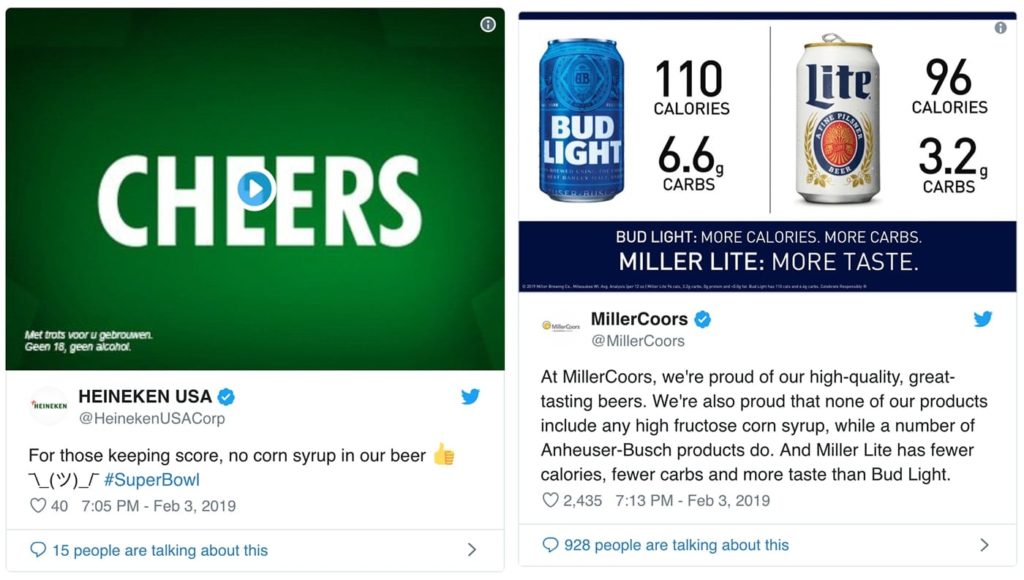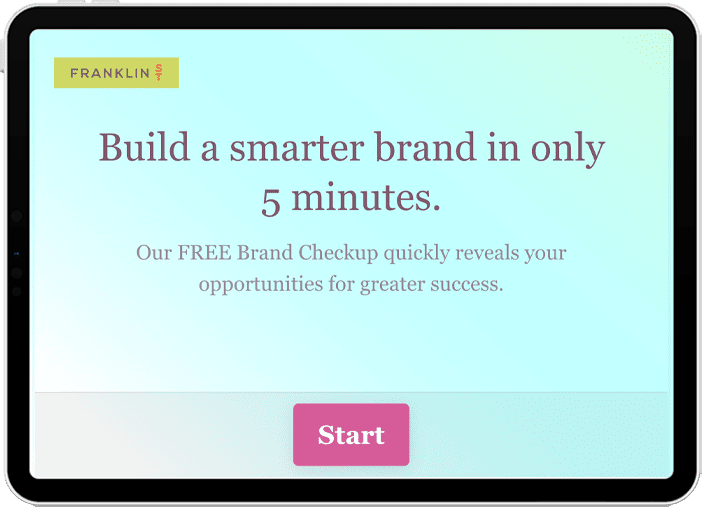This year’s Super Bowl ads were all about starting conversations.
Let me set the record straight. I’m not a big football fan.
Whenever the Super Bowl comes around, I’m not concerned with catching the “big game” or even the halftime show. But I do want to see the ads. As a creative, I’m curious how brands choose to tell their stories, position their products, and engage audiences. And I look forward to the Monday morning water cooler talk.
This “morning-after buzz” has always been the currency advertisers aim for. But thanks to our second-screen viewing habits, the conversation starts immediately. Fueled partly by our need to feel connected, viewers are compelled to enter into a discussion. And when they do, the already-buzzing Super Bowl pot boils over.
So how do brands start these conversations? The same way humans have for thousands of years. Pushing our pre-wired buttons for fear, joy, love, money, greed, altruism, and a myriad of other emotions.
From heartwarming to the absurd, brands know that in order to start a conversation, they need to say something that creates a debate. Let’s take a look at the themes that got people talking, and why these conversations matter.
Theme One: Social Equality
Today’s consumers want to support brands that align with their personal values. Essentially, they want to know if the brands they buy are good or bad. But good and bad aren’t necessarily as black and white as one might think. Inevitably, when a brand takes a stance on one side, they risk alienating consumers who might feel differently. But it’s a surefire way to get people talking.
Microsoft “We All Win”
In one of the less risky spots, Microsoft showed they believe in equal gaming opportunities for children with disabilities in “We All Win”. By showing equality can be achieved through accessibility, Microsoft demonstrated how their products can make the world a better place.
Toyota “Toni” and Bumble “In Your Court”
This year, women’s empowerment was a topic several brands used to create a conversation. Toyota told the story of a young woman on her way to becoming the first female NFL player, while female-focused networking app Bumble challenged the notion that women should be passive when it comes to careers and dating. Starring Serena Williams, the Bumble spot left viewers with the line, “Women, the ball is in your court”, a line that also applied to the viewer, as in “The debate is now yours. Talk!”
Key Takeaway: These brands start conversations by focusing on consumers’ personal values, specifically social equality. Consider your messaging strategy. Are there opportunities to be more overt in aligning your brand’s values with those of your consumer base?
Theme Two: Consumer choices reflect self-images
Every day, consumers deliberately choose one brand over another. These choices reflect how consumers feel about themselves, and how they intend others to perceive them. While one person might choose only organic food brands as a way to feel environmentally responsible and healthy, another person might find that choice “frou-frou” or “hippie-dippie”.
This year’s ads saw brands planting flags with their claims and asked consumers to choose a side.
Bud Light “Special Delivery”
Bud Light lead the field in this trend with this ad about the ingredients in their beer—or more specifically, what they DON’T add to their beer. Not only did this campaign create a conversation between consumers, it also forced other beer brands to stake their claim as well.

Planters “Crunch Time”
Some ads contained more subtle consumer choices and beliefs. Planters made a jab at the healthy snack alternative crowd by showing Mr. Peanut “rescuing” baseball star Alex Rodriguez from eating a kale chip. In doing so, they positioned kale chips as unsatisfying, and peanuts as the “right choice.”
Key Takeaway: Consumers intentionally make buying decisions based on their lifestyles. In what ways do your products and services add personal value to your consumers?
Theme Three: The Robot Apocalypse
Robots and Artificial Intelligence (A.I.) made many appearances this year—and for good reason. A.I. (specifically smart speakers) are slowly but surely becoming a part of daily life in America. Eighteen percent of the adult population owns these chatty comrades (that’s 43 million Americans!), and this is just in the first two years of their existence.
As with any technology and its early adopters, there are fears and doubts but also proponents and advocates. And that means it’s the perfect subject matter to start a conversation.
Amazon “Not Everything Makes the Cut”
In this spot, Amazon makes a subtle jab at their quest for world domination in the market of voice assistants. When you really consider the implications of the spot, it’s a bit scary… specifically, the power grid controlled by Amazon/Alexa. (Author’s note: Cleary this one touched a nerve and made ME want to post a comment online!)
Other brands jumped on the voice-activation trend as well, including Mercedes and Pringles, while TurboTax and Michelob Ultra chose to focus on a robot’s inability to understand emotions or enjoy a post-workout reward. Lastly, SimpliSafe couldn’t just focus on one fear, so their “Fear is Everywhere” spot featured ALL our fears.
Key Takeaway: Generating emotion is an effective way to further conversations people are already having. What emotions do your campaigns generate?
As we move forward this year, we’ll continue to see more brand campaigns starting conversations. And while the tactic might seem new, it’s based on the old adage of “any press is good press.” After all, people are going to talk—wouldn’t it be nice if they were talking about your brand?


